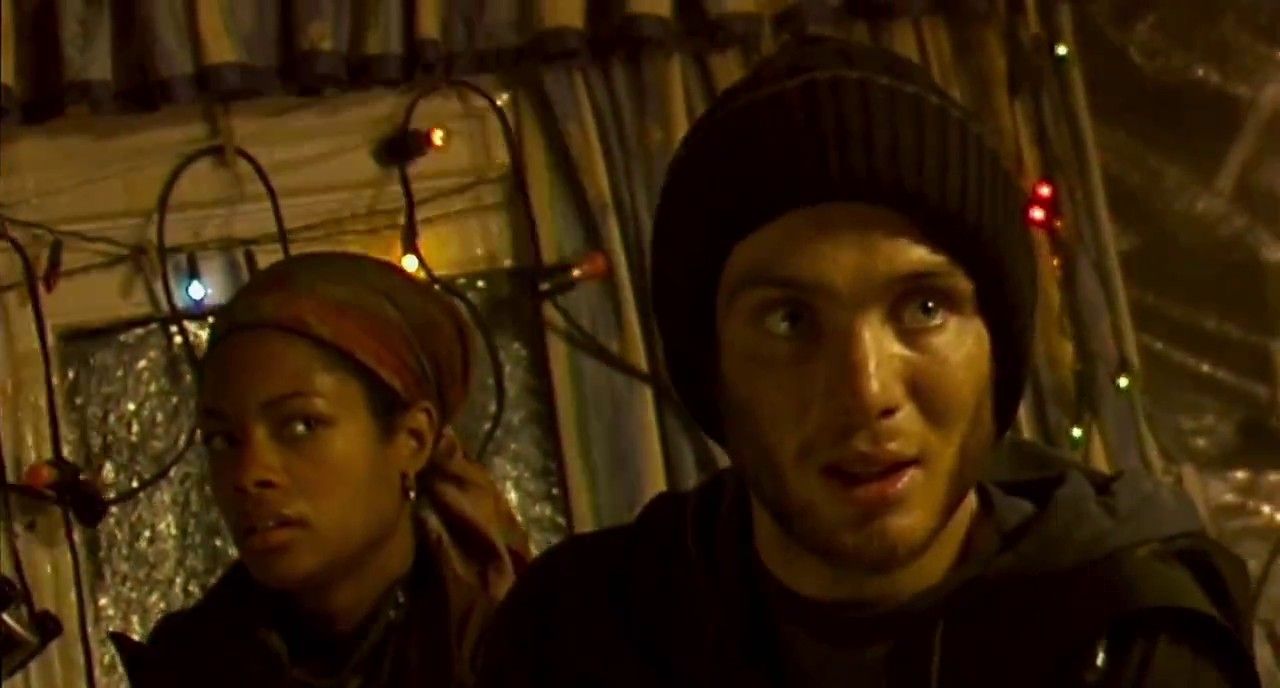
The story begins when a group of animal activists liberate some chimpanzees from their cages inside a shadowy testing facility. If you’ve seen the movie, but you can’t recall the details of the rage virus and its origins, a quick primer might be in order. Spoilers: Below, I’ll revisit key events and scenes from the movie.
#28 days later movie theme movie#
This is a post-apocalyptic horror movie that uses a small amount of science as the inciting incident to propel the story forward at a frenetic pace.īut what is the rage virus? Where did it come from? What makes it “tick”? That’s what I want to dig into today. Still, there is some science behind the rage virus, and we’ll get to that shortly.īut 28 Days Later isn’t a science fiction movie in the classic sense. There’s nothing like it in the real world (thankfully). Garland created something entirely new with his so-called rage virus. Yes, I’m talking about 28 Days Later, the groundbreaking quasi-zombie movie that won multiple awards and earned a much-deserved 86% in Rotten Tomatoes. The most heartrending moments in the movie come when people we care about get sprayed with the blood of the infected: We see the look of anguish in their eyes before the rage arrives and turns them inside out.In 2002, writer Alex Garland and director Danny Boyle introduced us to a terrifying new malady known as the rage virus.

In one scene, a tide of rats rushes toward the main characters: They’re not bringing infection, they’re running away from it. And that blood is lethal: If it gets into your eye or mouth or a cut on your hand, then in 10 to 20 seconds you’re a frothing, bloody-eyed zombie, too. When they’re hacked up or shot, their blood spatters stroboscopically in shiny diamonds. Unlike the loping Romero dead, the infected here are a barely glimpsed blur-which makes them terrifying in a different kind of way. The movie is derivative as hell, but it’s also blazingly well-made, and it moves at a ferocious clip.

Romero Dead movies packed into one: Its larky shopping scene recalls Dawn of the Dead (1978), and it ends in a military compound, where much of the messed-up Day of the Dead (1985) is set.

The upshot is a bummer of a scene, man.Ģ8 Days Later is like all three George A. If I wanted to drive monkeys into a murderous fury I’d show them tapes of, say, Nancy Grace.) Blaming animal-rights activists instead of overweening scientists for summoning up the mother of all plagues strikes me as rather unfair, but it’s consistent with young Garland’s view of the counterculture in The Beach, in which communal idealism leads to fascistic arrogance leads to … flesh-gouging zombies. Most of the film takes place four weeks after the prologue, in which a bunch of militaristic animal-rights activists break into a lab where scientists have infected monkeys with a virus of “pure rage.” (The monkeys are watching footage of savage rioting, which I’d have predicted would discourage violence: That’s what it does to Alex in A Clockwork Orange. My guess is that Garland was bitterly disappointed by the new ending, because he turned around and wrote Danny Boyle a full-length flesh-gouging zombie movie called 28 Days Later (Fox Searchlight).


 0 kommentar(er)
0 kommentar(er)
